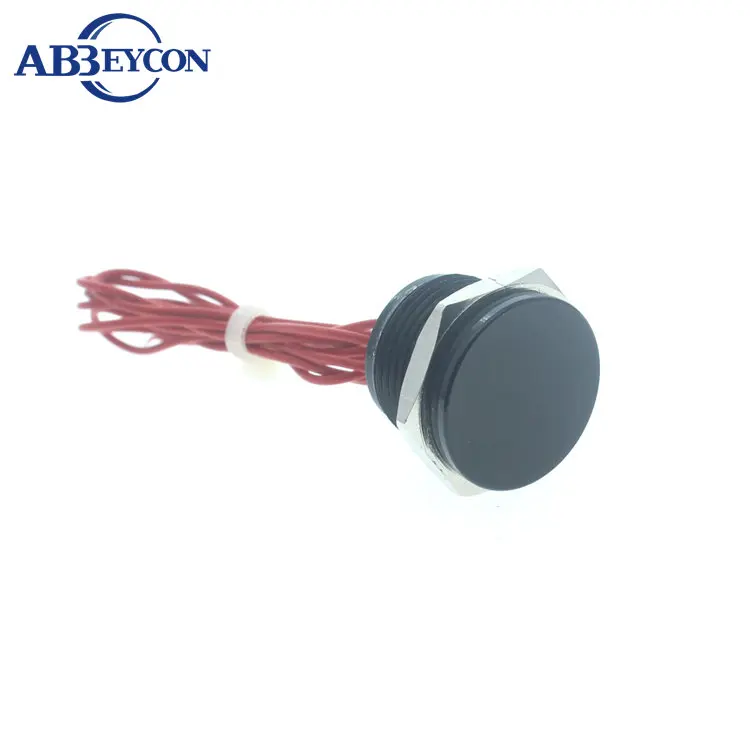
- #Anodized aluminum or stainless steel waterroof how to#
- #Anodized aluminum or stainless steel waterroof professional#
But that outer surface would just get gradually eaten away. That’s not to say that you’ll get an instant bucket of sludge.

Since stainless doesn’t corrode, it just dissolves. So what happens when you try to anodize stainless?

They’ll simply refer to it as “stainless coloring”, and their processes are, for the most part, extremely proprietary.
#Anodized aluminum or stainless steel waterroof professional#
Most professional companies that specialize in treating stainless won’t call their coloring process “anodizing”. Keep it out of your garage.Įven still, there’s not a lot of public information on the process or how well it works. Usually they wear massive goggles and hazmat suits, and it’s generally not very practical for most real-life situations. This is the kind of stuff that people do in a lab. Stainless, no.Īpparently some guys have been able to anodize stainless is by using a hot caustic solution. So really, you can anodize stainless, but it’s definitely not a project worth your time. If the cat is on the receiving end of the electrons, you’ve got yourself an anodized cat. You can throw your neighbor’s annoying, yowling cat into a bucket of water and wire it up. Different voltages will give different surface conditions, resulting in different colors. I don’t want to get too off track with science here, but the point is that anodizing titanium gives it an oxide layer that messes with light waves, making it appear to change color without needing to add any coating or coloring to the metal. You are comparatively more limited on colors for titanium. The distance between the high spots on this textured surface will determine which color this is. The oxide layer on titanium (also niobium and tantalum, but those are way less common) creates a surface that will break up all but one size of light wave, which will correspond to a particular color. This is because the oxide layer on titanium, when uniform, can cause diffraction.ĭiffraction messes with light waves. You don’t need any dye, paint or otherwise. Titanium colors for a totally different reason. Since the surface is now porous, coatings can really bite in to the surface of the aluminum.
#Anodized aluminum or stainless steel waterroof how to#
If you want to know more about anodizing aluminum, check out this article about how to anodize aluminum at home.Īnother alternative to dying is through powder coating or painting. So anodizing itself doesn’t give you those bright, vibrant colors, but it does make them possible through additional processes. This also allows you to get nearly any color imaginable. These pores make it really easy for dyes to “seep in” to the surface and color the top layer of the aluminum. When you give it that porous anodized surface, though, this changes.

Usually, aluminum is super smooth and it’s next to impossible to make any kind of coating stick to it. But there’s a perk of this dull, porous surface. On its own, anodized aluminum just becomes a kind of duller grey. How Does Anodizing Change the Color of Metal?įor aluminum, it makes the surface porous. But it’s important to understand the rough idea if you want to understand why you probably don’t want to do a true anodizing on stainless. Essentially, you’re making the metal oxidize super fast. The result is that any kind of oxidizing environment is made a million (rough guesstimate on my part) times stronger when you add this electrical current properly. Sorta like when you’re in the act of destroying something, you’re destroyitizing it. This is where the term “anodizing” comes from – you’re turning that metal object into an anode, thereby anodizing it. The workpiece becomes an anode, which is the electrode where the electricity enters the circuit. It’s an electrolytic process, which means that it uses a DC current to create a chemical reaction.


 0 kommentar(er)
0 kommentar(er)
